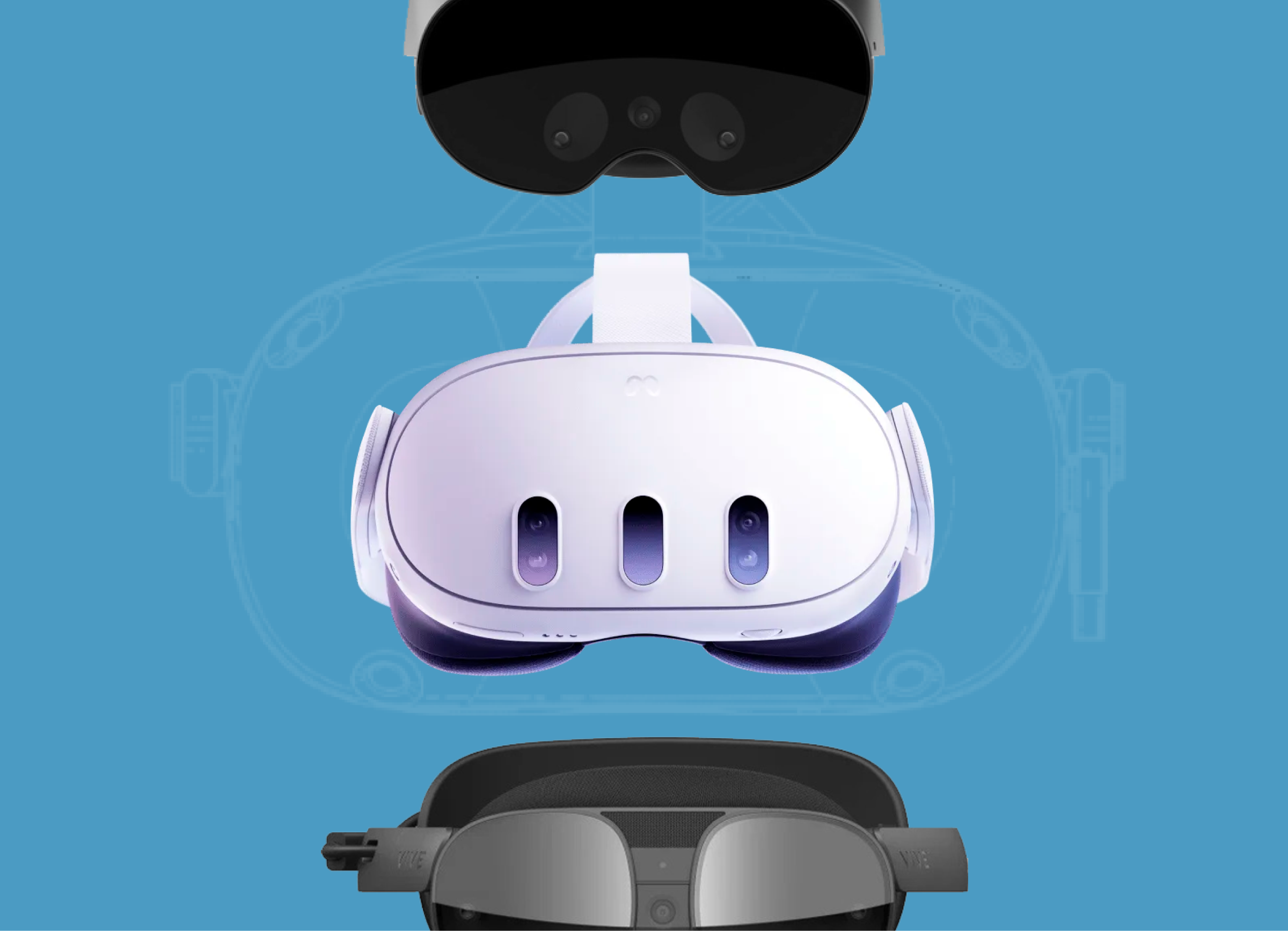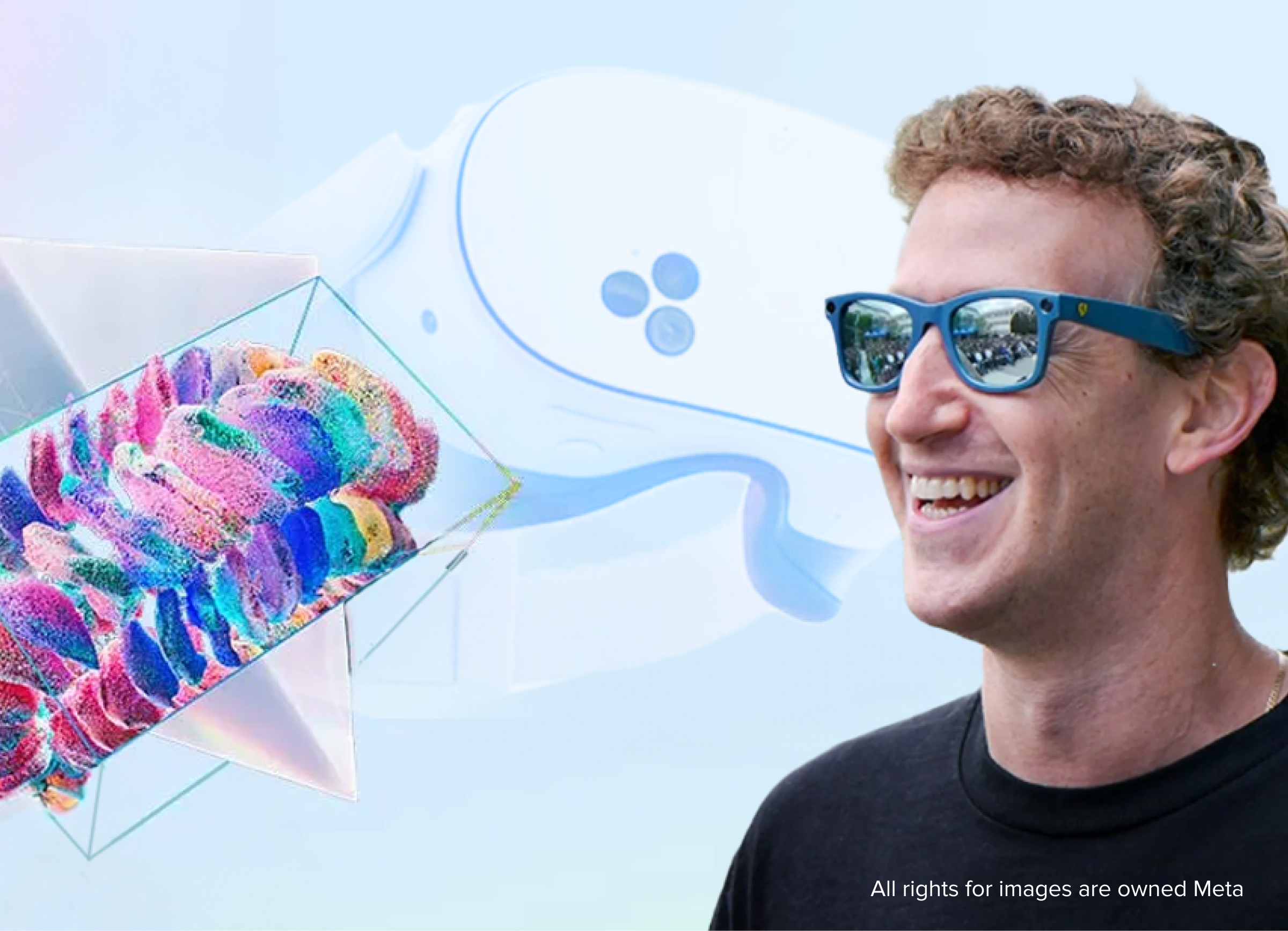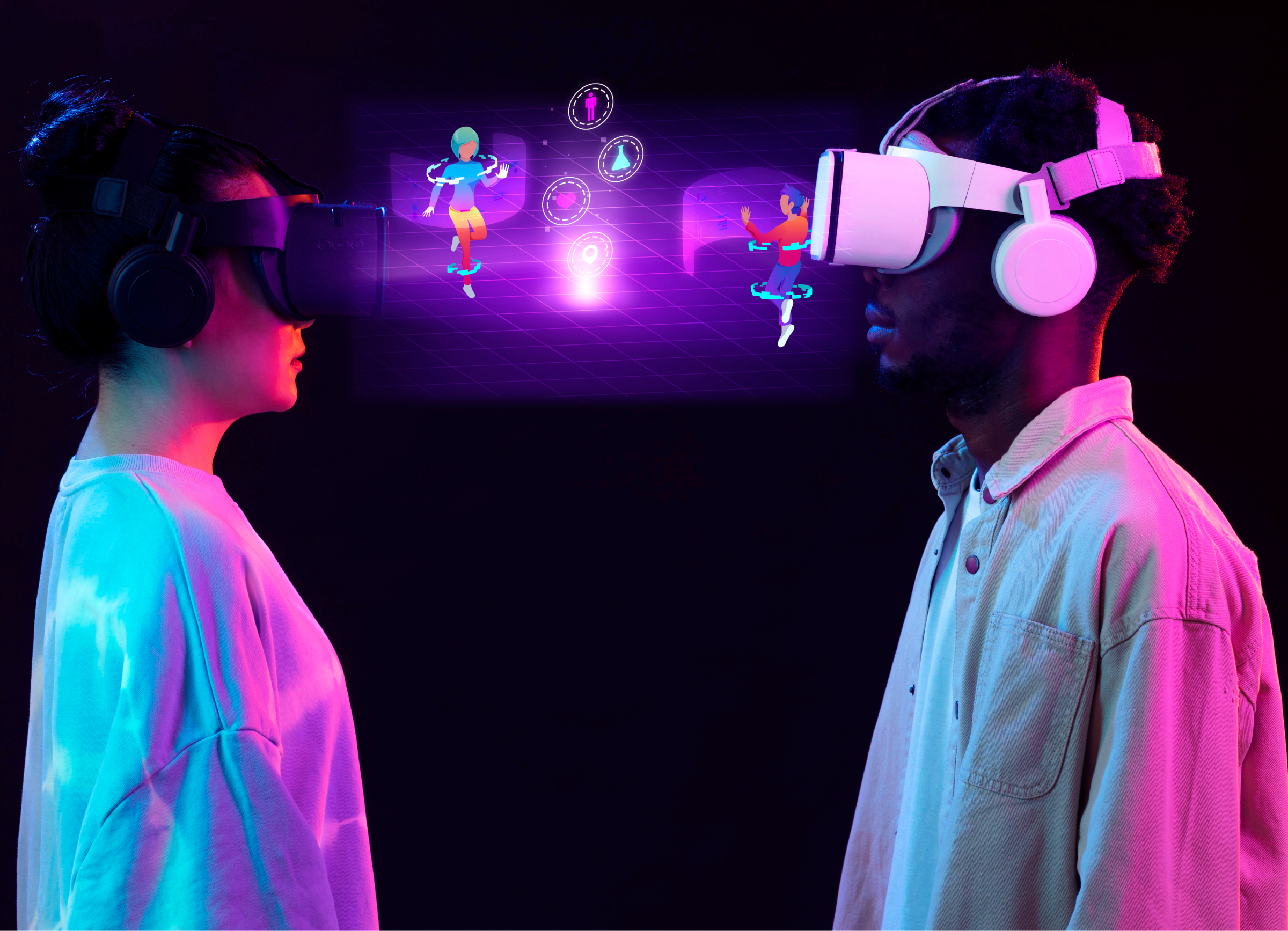
Today, students use different ways to consume information. YouTube, Instagram, and TikTok offer a new experience of interaction with content where visuals are prevailing: short videos, social media posts, and other kinds of fast content. In 2022, more than a half of the Earth population uses social media. It also affects student achievement, since school schedules are mostly organized using methods designed long before the existence of modern social media.
That’s why AR and VR are gradually applying to educational institutions. These technologies can simplify learning exact and humanitarian sciences and help modern generations to concentrate during lessons.
What’s wrong with traditional way of teaching
Today, traditional ways of teaching are gradually losing their efficiency. Classic school schedule requires students to keep up with the teacher’s speech and writings on a blackboard.
However, 74% of millennials and Gen Z said they were constantly distracted by other things during work and study. 36% of them said they spent more than two hours of their work and study time checking news feeds on smartphones.
This is due to the fact that the information flow has significantly accelerated, and the whole world gradually transfers data in the digital world. Moreover, modern youth spends, on average, less than a second on a web page if it’s not opening fast enough. Also, people usually keep 5 opened tabs in a browser for the second look. And, according to Time, the average internet user spends 15 seconds on a web page. It explains why modern children are losing interest in textbooks and slowly becoming demotivated at learning school subjects.
Especially with the emergence of YouTube and TikTok that give children and teenagers fast information with bold and understandable visuals. That’s why internet medias like MTV, Mic, and Newsfeed are creating more video content and paying less attention to making longreads.
The way augmented and virtual reality help education
Modern schools encourage students to get educated with AR and VR technologies. According to statistics of science magazine Annals of Anatomy – Anatomischer Anzeiger, more than 80% of students felt more motivated to study after AR lessons.
These programs and applications make the studying process more interesting due to immersion in the virtual and augmented reality. With AR and VR, a student can see virtual molecules and planets, make a shot with a 16th century musket, and hear dinosaurs roar. Virtual trips to historical ages or the world of atoms and molecules can help students to understand a subject better and learn new skills. 93% of students said they improved their knowledge of school subjects after AR classes.
Doctor Mihye Won, researcher and Senior Lecturer in the School of Education at Curtin, said that VR programs for learning chemistry let students see and comprehend the molecular world.
«VR gives a superior sense of what is happening in the molecular world – you can zoom in and out, and move around in an intuitive way. It makes it much easier to see molecular structures and key parts of a reaction, which is not done as well via other modes», said Won.
Moreover, the virtual and augmented reality also gives a possibility to organize lessons both at school and at home. Remote lessons became more relevant when the COVID-19 pandemic began. According to 2021-2022 statistics, 95% of British schools have all the necessary equipment for remote AR and VR lessons.). Also, 61% of education workers say the number of content for online studying will increase more than any kind of resources and technologies.
AR and VR education apps
There is a big number of AR and VR programs and applications which are designed to enhance studying for modern children and teenagers.
Virtual reality in history education
BBC VR App is designed to immerse students into key historical events. The report of British radio correspondent Wynford Vaughan-Thomas from World War II is one of these events. Vaughan-Thomas made radio broadcast straight from British fighter plane, which took part in bomb shelling of Nazi Germany in September 1943.
Virtual simulation recreates the historical night from the sight of a VR headset user, who stays at a plane board during the whole trip. Also, there’s an original Vaughan-Thomas radio broadcast used in this app, where the journalist himself describes the raid to Germany as “the most beautifully horrible view I’ve ever seen”.
AR in mathematics and other school subjects
For those who have difficulties with learning exact sciences, MergeEdu developed the AR program Merge Cube to explore 3D figures. It’s a special cube, which interacts with smartphone applications and shows three-dimensional pictures on a gadget’s screen. With Merge Cube, a student can learn more about body parts, planets of the Solar System, geometrical figures, etc. AR objects can be zoomed in and out, and the program contains detailed information about them. Also, Merge Cube offers a possibility to play mobile games and listen to music.
Virtual reality in chemistry education
Chemistry lessons in VR is one of the current projects of our company. VR Chemistry Lessons App is a gamified educational program. This app has its own learning plan and a score table with the results of every finished lesson.
The interactive virtual environment looks like a classroom with a blackboard, screen for presentations, and the Mendeleev’s table the student mostly works with. VR Chemistry Lessons App is exclusively designed for Oculus Quest 2.
The way VR is changing education
Learning school subjects with XR can make students engaged and motivated. When a student is in the virtual or augmented reality, they are capable of learning and understanding school subjects better and faster, thanks to the prevalence of gamified visual content.



